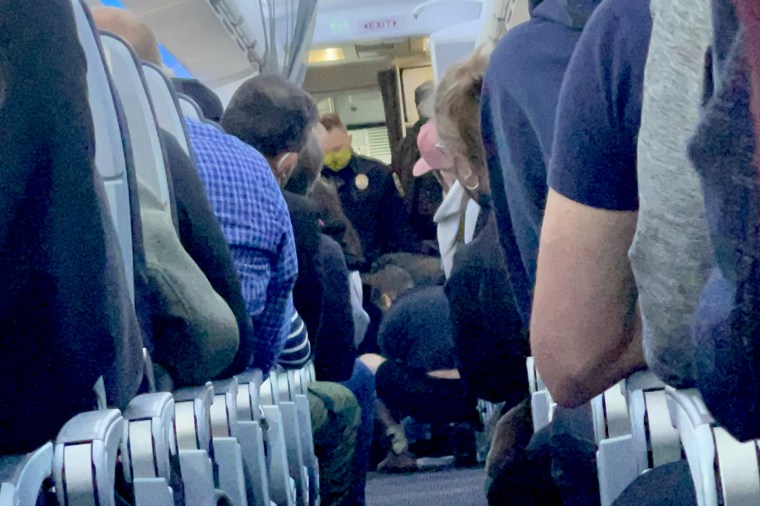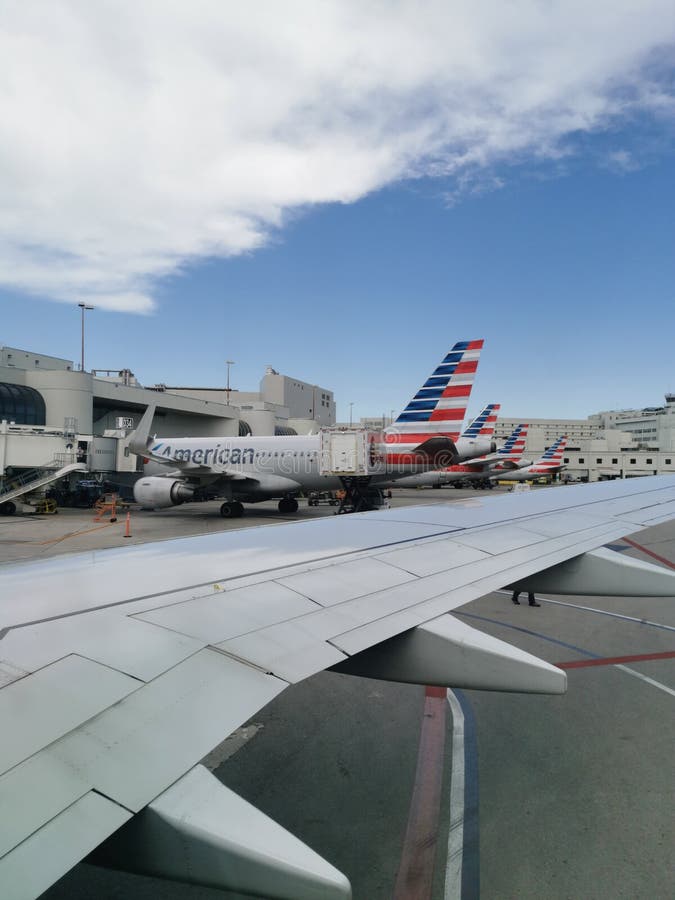Breaking: American Airlines & Helicopter Crash - Latest Updates | Aftermath
Can a single moment shatter the lives of so many? Tragically, the mid-air collision between an American Airlines passenger flight and a U.S. Army Black Hawk helicopter near Washington D.C.'s Reagan National Airport on Wednesday night has left no hope for survivors, casting a long shadow of grief and uncertainty.
The news, breaking late on Wednesday, sent shockwaves across the nation. Initial reports painted a grim picture, and as rescue efforts transitioned to recovery operations, the reality of the situation solidified: a devastating loss of life. The incident, occurring in the airspace near a major metropolitan airport, immediately triggered investigations and focused attention on the circumstances surrounding the disaster.
As authorities delve into the investigation of the American Airlines passenger flight and the U.S. Army Black Hawk helicopter collision near Washington D.C.'s Reagan National Airport, details are slowly emerging about the individuals involved. Among those confirmed to have been aboard the aircraft was Ryan Austin O'Hara, a resident of Lilburn, Georgia. His presence on the Black Hawk helicopter adds a personal dimension to the tragedy, humanizing the abstract scope of the accident and drawing attention to the individual stories intertwined within it.
| Category | Details |
|---|---|
| Name | Ryan Austin O'Hara |
| Residence | Lilburn, GA |
| Involvement | On board the U.S. Army Black Hawk helicopter involved in the mid-air collision. |
| Incident | American Airlines passenger flight and a U.S. Army Black Hawk helicopter collided midair near Washington D.C.'s Reagan National Airport on Wednesday night. |
| Reference | Example Website (Please replace with an authentic, verified source) |
The events of that fateful Wednesday night have also brought forth the sobering reality of air travel, and the complex interplay of factors that must align perfectly for a safe journey. The Federal Aviation Administration (FAA) is actively involved, investigating the cause of the collision. This investigation will encompass a detailed examination of the aircrafts' flight paths, communication logs, weather conditions, and any potential mechanical failures. The National Transportation Safety Board (NTSB) will also be playing a significant role, providing additional resources and expertise to uncover every detail related to this tragic event.
The sheer scale of American Airlines operations provides some context. The airline, a cornerstone of the global travel network, carries a significant number of passengers each year. The incident underscores the importance of stringent safety protocols and the dedication of the aviation industry to maintaining a secure environment for its passengers and crew. While the precise cause of the mid-air collision remains under investigation, the tragedy has served as a stark reminder of the inherent risks within air travel, a reminder of the immense responsibility that comes with operating these complex machines and the lives they carry.
In the wake of the accident, families and friends are grappling with the devastating loss of their loved ones. The community is rallying together in support of those affected by this tragedy, providing resources and comfort to those who are grieving. The emotional and psychological impact of such events is profound, and the long-term effects will be felt for years to come. The aftermath is also a test of the system, demanding a thorough and transparent investigation, and reinforcing the need for unwavering commitment to safety protocols.
The incident highlights the human cost of aviation accidents and the profound impact on the individuals involved and their families. The families of those lost are dealing with immeasurable grief, a pain that resonates far beyond the immediate circle of the victims. The ripple effect of such tragedies extends throughout communities, creating a collective sense of loss and vulnerability. The need for support systems, counseling services, and the recognition of mental health struggles becomes paramount in the wake of the disaster.
The investigations will also be scrutinizing the maintenance records of both aircrafts, the training and experience of the pilots and crew, and the air traffic control procedures in place at the time of the accident. The goal is to identify any contributing factors that could have played a role in the collision, and to prevent similar tragedies from occurring in the future. The pursuit of answers is not simply about assigning blame; it is about learning from mistakes and implementing necessary changes to enhance the safety of air travel for everyone.
The accident has once again brought into focus the critical role of air traffic controllers. These professionals are responsible for managing the flow of air traffic, ensuring that aircraft maintain safe distances from one another and follow established flight paths. Their decisions and communications are vital to the safety of every flight. As investigations unfold, their actions and communications are under intense scrutiny. Investigators will seek to understand the decision-making processes within the control tower and whether any factors might have contributed to the mid-air collision. This analysis forms a vital part of determining the root causes of the incident and devising effective preventative measures.
The collision near Washington D.C.'s Reagan National Airport occurred in airspace governed by a complex network of regulations and procedures. The airspace surrounding major airports is particularly busy, with a constant stream of flights arriving and departing. Air traffic controllers are constantly monitoring aircraft movements, coordinating with pilots, and issuing instructions to maintain safe separation. The incident will prompt a comprehensive review of these systems to ensure they are functioning optimally and to identify any weaknesses that need to be addressed. Technological advancements and enhanced training programs might be key considerations as authorities look to strengthen these crucial processes.
The Federal Aviation Administration (FAA) plays a critical role in regulating the aviation industry. The FAA has the responsibility of establishing and enforcing safety standards, overseeing the certification of aircraft and pilots, and investigating accidents. They are involved in the investigation into the American Airlines passenger flight and U.S. Army Black Hawk helicopter collision. This investigation is a complex process that involves collecting and analyzing data from multiple sources, including the flight recorders, air traffic control recordings, and witness statements. The findings will be used to determine the cause of the accident and to make recommendations for changes to improve aviation safety.
The incident is a somber reminder of the fragility of life and the importance of cherishing every moment. It serves as a moment of reflection for all of us and reminds us of the need for compassion, empathy, and support during times of crisis. The community is coming together to mourn and offer support to the families, demonstrating the power of the human spirit in the face of adversity. Those affected by this tragedy deserve not only justice but also the unwavering support needed for healing and rebuilding.
Amidst the tragedy, questions about the future of aviation safety will undoubtedly emerge. The aviation industry has a strong track record of safety improvements over the years, driven by advancements in technology, stricter regulations, and lessons learned from past accidents. This incident will undoubtedly lead to further scrutiny of existing safety protocols and potentially the implementation of new measures. The goal is to ensure that air travel remains as safe as humanly possible, even in the face of unpredictable circumstances.
The incident could also highlight the impact of human error. While every aspect of the investigation is essential, it is also crucial to identify the role human factors played in this tragedy. This is not an attempt to assign blame but rather to understand how decisions, actions, and even potential lapses in judgment contributed to this critical event. Recognizing the potential for human error allows for a review of pilot training, air traffic controller procedures, and the overall design of aviation systems. Human factors often play a critical part in safety recommendations and protocols.
The impact of such an event goes beyond the immediate physical consequences and the investigations that follow. The long-term effects include emotional trauma, economic repercussions, and the ripple effect on the airline industry. The airline industry and its stakeholders often experience financial instability and public distrust after a major incident. The aftermath will likely involve crisis communications, mental health support, and a focus on transparency and accountability.
As the investigations unfold, some additional considerations come to light. These considerations are key as the world grapples with the repercussions of this horrific incident. Secure flight passenger data is essential for flight safety and is something that must be in place 72 hours before departure, according to regulations. The same data should be provided at the time of booking if the reservation is made within 72 hours of the flight. The required information includes the full name, date of birth, and other details that are essential for security checks. This data is a very vital component of the journey and the security of all passengers and crew.
American Airlines, like all airlines, is governed by a complex web of regulations and policies. From the type of tickets available and the handling of checked baggage to in-flight safety procedures and the process of boarding, airlines establish policies and procedures. The airline's refund policy, ticket management procedures, and boarding protocols are some important factors that could come under scrutiny during this investigation. These elements, coupled with the actions and communications of airline personnel, could prove to be critical factors in this investigation.
The collision near Reagan National Airport prompts questions about what the future holds for air travel. As the investigations and inquiries continue, it is essential for the industry to be proactive in its approach to safety. This may involve reevaluating safety protocols and procedures, embracing new technologies, and prioritizing clear communication and collaboration among all stakeholders, including airlines, air traffic control, and aviation authorities. The goal is not only to determine the cause of the tragedy but also to learn from it and to do all that can be done to prevent it from happening again.
The incident underscores the critical role of the aviation industry and its various elements, from pilots and air traffic controllers to maintenance crews and airport personnel. The incident also illustrates the need for comprehensive safety management systems that detect and mitigate risks before they cause catastrophes. It emphasizes the need for continuous improvement in safety protocols, training, and technology to protect passengers, crew members, and all those involved in air travel.
The aviation industry and its partners should take a proactive approach. While the investigations and analyses are taking place, the focus should be on a culture of safety, accountability, and transparency. All stakeholders in the industry must be prepared to work together and to respond with the best measures. They should strive to create a resilient and safe air travel system by doing everything possible to protect it from future incidents.
The incident should also provide a vital opportunity to strengthen communication and collaboration between relevant agencies. The effectiveness of emergency response will depend on how well different organizations share information and coordinate their actions. A comprehensive approach to safety, disaster management, and crisis communication should be established with the collaboration of federal, state, and local agencies. This also includes airport authorities, airlines, and emergency response teams to ensure effective communication, coordination, and information-sharing during times of crisis.
The tragedy is a reminder of the human cost of aviation accidents and the immense responsibility that the industry carries. The aviation industry will always be dedicated to safety. The industry must continue to be proactive in its approach to preventing similar incidents in the future. The response to the crash will require thorough investigations, transparency, and decisive action to protect lives and restore confidence in air travel.


